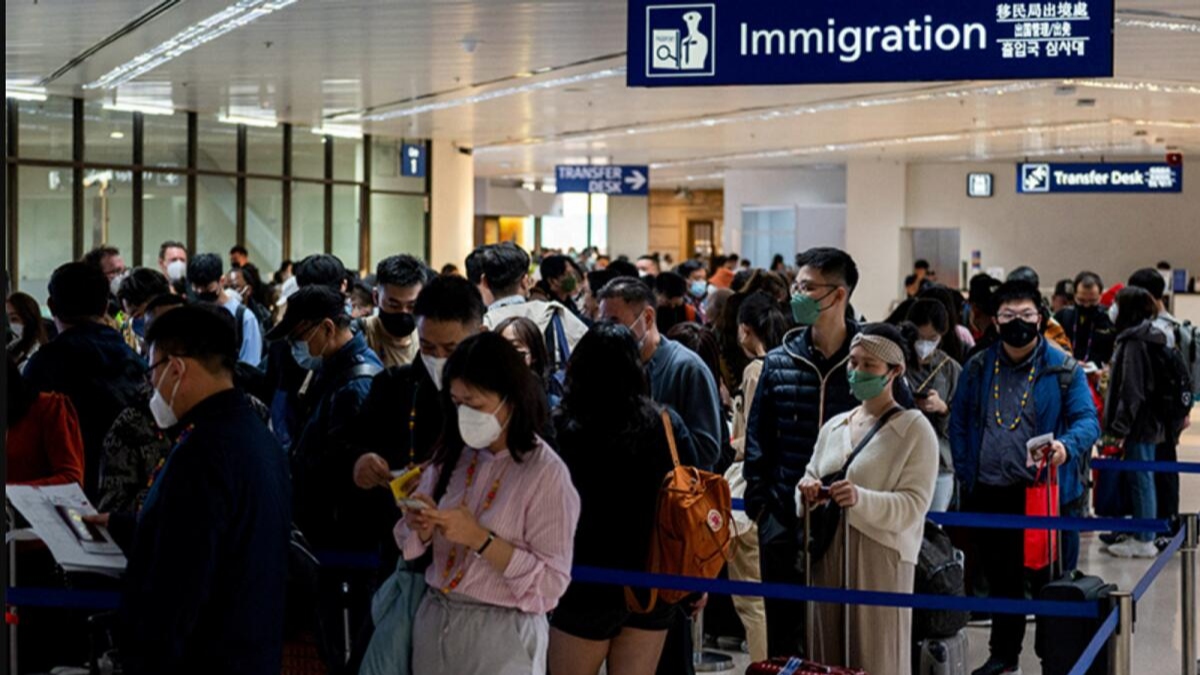In an effort to expedite immigration processing times, the Bureau of Immigration (BI) announced its plan to replace half of its manual counters with cutting-edge electronic gates. This declaration was made by BI Commissioner Norman Tansingco at a recent press conference.
This technological transformation comes after the BI’s request for an increased budget to modernize its operations. Historically, the bureau has maintained a 45-second processing standard, in line with the International Air Transport Association (IATA) and the International Civil Aviation Organization (ICAO) Guidelines on Advance Passenger Information. Though the guideline was designed for manual counters, BI took on the challenge to uphold this processing speed.
With an aim to reduce processing times without undermining national security, Tansingco highlighted that their IT initiatives are on track. The electronic gates, expected to cut processing times to approximately eight seconds per traveler, are integrated into the BI’s approved IT strategy for 2024-2026.
At present, there are 21 e-gates spread across the nation’s major airports, with most at Ninoy Aquino International Airport (NAIA). By 2026, the bureau aims to have 43 e-gates installed across the country.
The project, anticipated to cost around Php 1.9 billion, underscores the BI’s dedication to match global immigration processing standards. “E-gates are the international norm. We’re striving for quicker and smoother processes for our travelers,” Tansingco said.
As the holiday season approaches, Tansingco reassured travelers that they are prepared for a passenger surge. To manage this, the BI has deployed more immigration officers and introduced mobile counters for efficient processing, given the limited space at domestic airports. There are also plans to open dedicated lanes at departure areas for frequent travelers, airline crew, and overseas Filipino workers.






